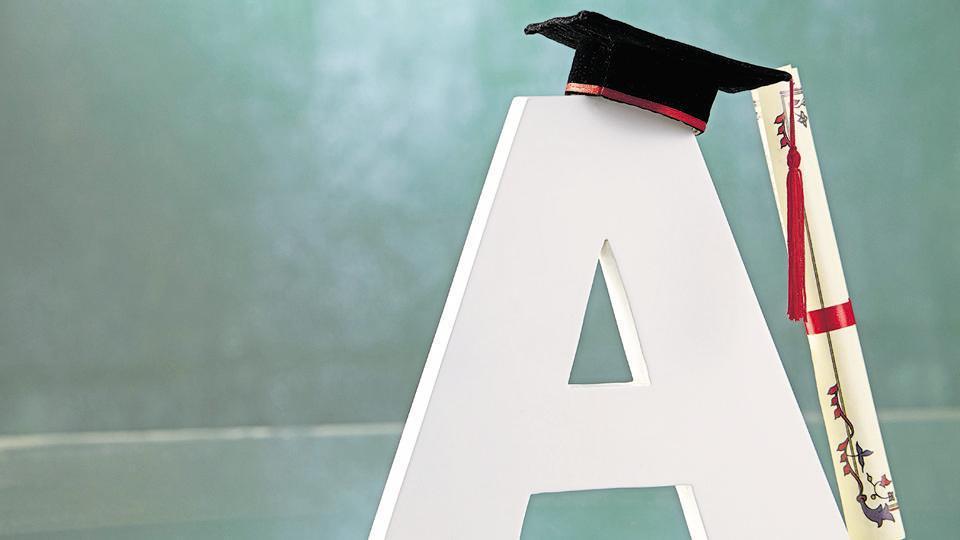According to S.C. Sharma, director of the National Assessment and Accreditation Council (NAAC), India’s Gross Enrollment Ratio (GER) in higher education is quite low. Despite the fact the average growth of over 7% in the last decade.
“There is a need to start more universities in the country,” said S.C. Sharma. Even if India achieves its goal of 30% GER by the year 2020, the 100 million students who graduate high school would not be possible to accommodate in universities.
The variation between urban and rural areas has been defined as one of the problems while trying to achieve a ‘Globalisation of Higher Education,’ as opined by Prof. Sharma on the Foundation Day of University of Mysore. There have been efforts, he said, to spread across the location of higher education institutions more evenly in the country.
Higher education around the world is predicted to reach about 262 million by the year 2025 which will create a demand for an additional 85 million students globally. While the private sector accounts for about 30% of enrollments, there is a need to start more universities in India.
Changing Demands
Prof. Sharma also talked about the changes in student’s demands. Students seek courses that update their knowledge and skill set towards jobs with paper skills. There is a challenge that comes along this, including keeping pace with rapid advances in communications and social networking technology.
Considering by 2020, that India will boast of the second largest graduate talent pool globally, higher education in India right now is facing a decline of good quality researchers. According to the NAAC director, the number of Ph.D. students and research scholars in on the decline.
Student Mobility
Professor Sharma explained that due to the system of global ranking, there is the measurement of simply just real outputs than the reputation. The new model of governance looks at performance indicators and external quality evaluations. He quoted the literacy rate in 1947 (12%) that had touched 74% in 2017. The number of colleges had increased from 600 in 1947 to 40,000 in 2017. Universities too had risen to 800 during this time period.
Overall, there are fewer opportunities for interdisciplinary learning due to the lack of employer engagement in the subject matter. The student-teacher ratio is also more owing to the pressure of higher enrollment an and lack of staff. Digital education is being favorably looked at as a solution to these logistical problems as well towards the provision of more advanced courses.

